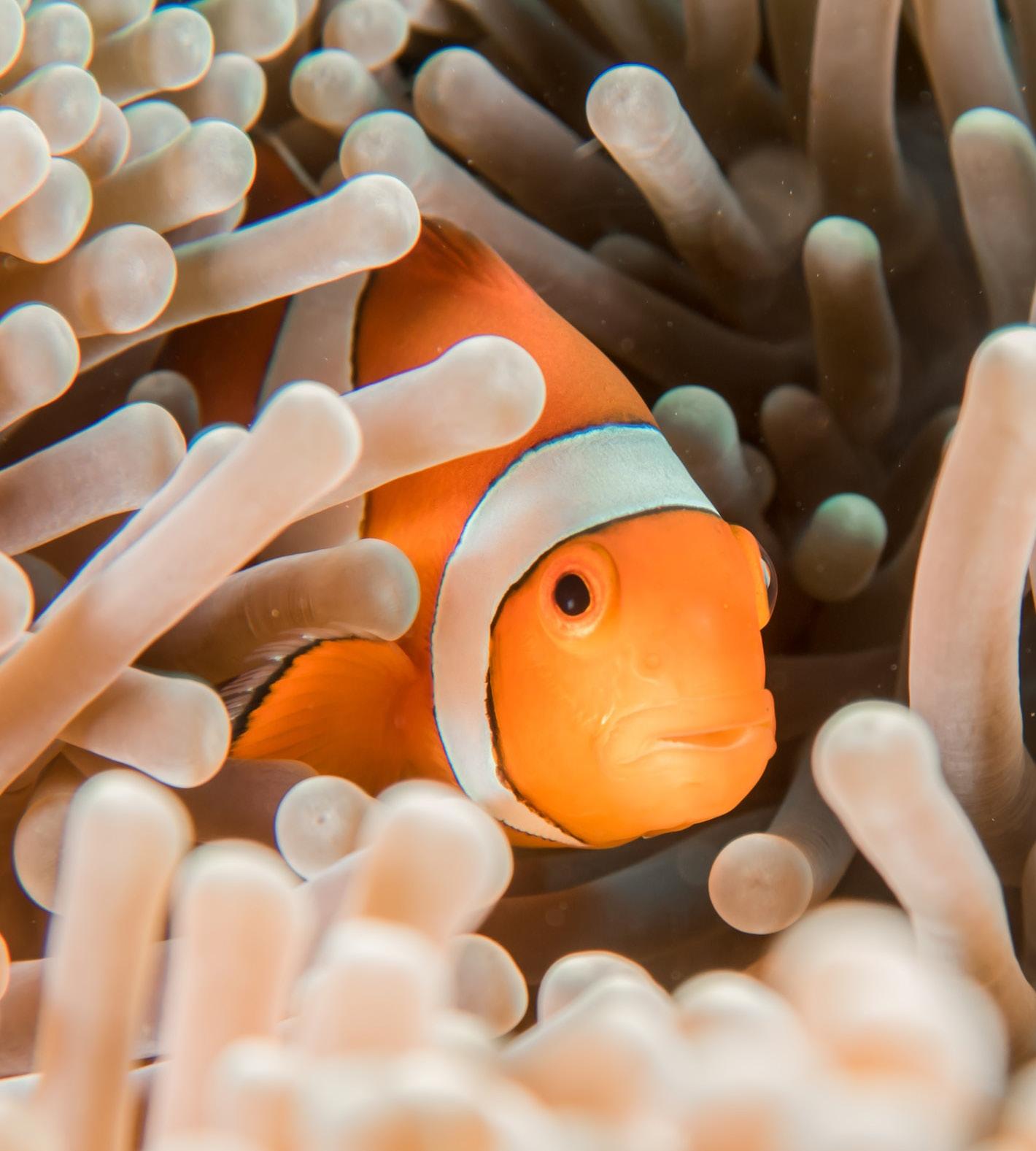

Preschool Learning Foundations
Physical Sciences
The California Preschool Learning Foundations were developed by the Child Development Division, California Department of Education.





The California Preschool Learning Foundations were developed by the Child Development Division, California Department of Education.


2.2 Develop a greater understanding of the basic needs of humans, animals, and plants (e.g., food water, sunshine, shelter).
Discuss the animal photos in the story with the child using the discussion prompts provided.
Focus on discussing an animal’s need for shelter and protection. Compare an animal’s need for shelter and protection to our human needs for shelter and protection.
Why do we need shelter? Shelter keeps us warm, it protects us from sunlight and storms, it protects us from danger and predators, it gives us a place to store food and keep important things
1.0 Children use nonverbal and verbal strategies to communicate with others.
Focus: Conversation*
1.3 The child begins to converse with others, using vocabulary but may switch to gestures, expressions, or use of a home language other than English.
Discuss the animal photos in the story with the child.
Ask Questions such as:
What color is ...?
What does _______ look like?
Where does a _______live?
Which of these animals do you like best?
This is a clown fish. It lives in an anemone.
The clown fish lives among the tentacles of sea anemones for protection. Sea anemones have stinging tentacles that keep other animals away, but the clown fish has special skin that protects it from being stung. A sea anemone is a very safe place for a clown fish to live.

This is a starfish. It lives on the sea floor.
Starfish stay anchored to rocks on the sea floor with their sticky arms. Starfish move very slowly and cannot swim. A solid rock is a safe place for a starfish to stay so they do not get swept away by strong waves.

This is a sea otter. It lives in the kelp.
Can you find food at or near your home?
Many marine animals live in kelp forests. Sea otters live near kelp forests because they can find the food they like there. Sea otters like to eat sea urchins, clams, and oysters.

This is a hermit crab. It lives in a hard shell.
Hermit crabs find empty shells on the beach and climb inside for protection. When danger comes near, they tuck inside.

This is an eel. It lives between the rocks.
Morey eels like to rest inside holes where they are safe. A hole in a rock is a great place to take a nap or wait for food to wander close nearby.

This is a clam. It lives under the sand.
Clams bury themselves in the sand where they can stay in one place as they feed on food in the water around them. Under the sand, they stay safe and unnoticed by another animals that may eat them such as an octopus.

This is a manta ray. It lives in open water.
The manta ray does not usually take shelter because they travel far to find the things they need. They visit shallow water, deep water, and sandy areas often.

This is a shrimp. It lives in a burrow.
Shrimp take shelter in burrows, reef, and rocks for protection but come out when it is safe to find food.

I can read!
Color one glow worm every time you read this book.

